2020 Kia Soul EV Review

FAST FACTS
| Electric Motor: | Permanent-magnet synchronous |
| Battery: | 39.2 kWh (some markets) 64 kWh (all markets) |
| Driving Range: | 154 miles, 276 kms (39.2kWh) 243 miles, 452 kms (62 kWh) |
| Output: | 201 horsepower, 290 pound-feet of torque |
| Transmission: | Single-speed reduction gear |
| Zero-to-62 MPH Acceleration: | 9.9 (39.2 kWh) 7.9 seconds (62 kWh) |
| Estimated U.S. Price: | $35,000 |
The 2019 Kia Soul EV is an electric car that doesn’t feel like a sideshow or afterthought. It’s fully baked and gives drivers everything they want: Style, range, features, and excellent driving dynamics.
We recently drove the new Soul EV in Seoul, South Korea, during our first drive of the new Sonata. What was clear during our time with the Kia is that the Soul EV represents a key part of the lineup and isn’t just some compliance car to be hidden in the corner.
The Soul EV has some familiar underpinnings. The powertrain and technology are very similar to what Hyundai uses in the Kona EV. You’ll find a 64-kWh battery paired to a 201-hp electric motor that also features 291 lb-ft of torque. What’s cooler is that in some markets, like Canada, there’s an option for a smaller 39.2-kWh battery and 134-hp motor, which makes the car more affordable.
That smaller battery setup offers 154 miles of range (276 km), while the larger battery will deliver 243 miles (452 km). The batteries are now liquid cooled rather than air cooled, and the Soul EV is faster than before too, hitting highway speeds in a about 8 seconds (for the bigger battery, 9.9 for the smaller battery). They’re even capable of a top speed of 96 mph (155 km/h.)
Charging up the vehicle is a done with its Combined Charging System, a DC fast charger that comes as standard with the Soul EV. Recharging the batteries to 80 percent takes 54 minutes from a 100-kW DC fast-charger, assuming you can find one. A 240-volt source would allow for a full charge in about 9 hours, while using a 110-volt household outlet would fully charge the vehicle in 63 hours. If you opt for the smaller battery model, these times are cut down a bit.
ALSO SEE: 2019 Hyundai Kona Electric Review
There are a few different driving modes, and more importantly, there are a few regenerative braking modes, with an extreme mode that tries to bring a one-pedal driving experience to the Soul EV. You control the regenerative braking with paddles on the steering wheel, and the drive modes are activated with a button next to the gear selection knob. There’s a hardcore ECO+ mode that is activated by holding the drive mode button, and is designed to eke out every last bit of the battery pack; it even has a speed limit of 55 mph (90 km/h).
On the road, the Soul EV is peppy and responsive, with its electric motor responding very nicely to throttle inputs. It’s quick to get up to speed in the Soul EV and all that torque means it can pass and merge with traffic easily. The compact car changes directions with little body roll, a benefit of the effort Kia spent stiffening up the chassis. There are only a few small downsides: the steering is numb and the low rolling resistance tires limit the overall fun-to-drive potential of Soul EV.
ALSO SEE: Top 10 Best Home EV Chargers
The interior of the Soul is always a treat, with plenty of unique touches and customizable ambient lighting. This trend has continued with the new generation Soul EV, including sound-inspired mood-lights around the speakers. This kind of attention to detail is hard to find in the industry. The MINI Cooper might be the only other vehicle with this kind of fun quirkiness.
There’s a lot of technology too, with a large 10.25-inch touchscreen and a 7-inch gauge cluster. The Soul EV also features a wireless phone charger and there is Android Auto and Apple CarPlay support for the infotainment system. There’s also an available head-up display, heated and ventilated seats.
For the most part, the Soul features more space than the outgoing model, including cargo room. There’s also a special dual-level luggage shelf to organize the trunk, further enhancing the practicality of the Kia. If you’re looking for a reason to get the Soul over the Kona EV, this is the main factor — it’s more spacious and practical.
See Also: Pros and Cons of Electric Cars
The Soul EV is also offered with a number of driver assistance features including Adaptive cruise control, forward collision warning, blind spot monitoring, lane keeping assistance, automatic high-beam assistance, and a rear cross traffic avoidance feature.
The Verdict: 2020 Soul EV Review
Official pricing for the Soul hasn’t been shared yet, but the outgoing model costs about $35,000. If the new model stays around this price point, it’d prove to be a pretty significant upgrade, thanks to its extra range, hearty performance, and improved practicality.
LOVE IT
- Solid range
- Quirky interior design
- Responsive and fun to drive
LEAVE IT
- Long charge times
- Low rolling resistance tires
- Low range battery not in US

Sami has an unquenchable thirst for car knowledge and has been at AutoGuide for the past six years. He has a degree in journalism and media studies from the University of Guelph-Humber in Toronto and has won multiple journalism awards from the Automotive Journalist Association of Canada. Sami is also on the jury for the World Car Awards.
More by Sami Haj-Assaad



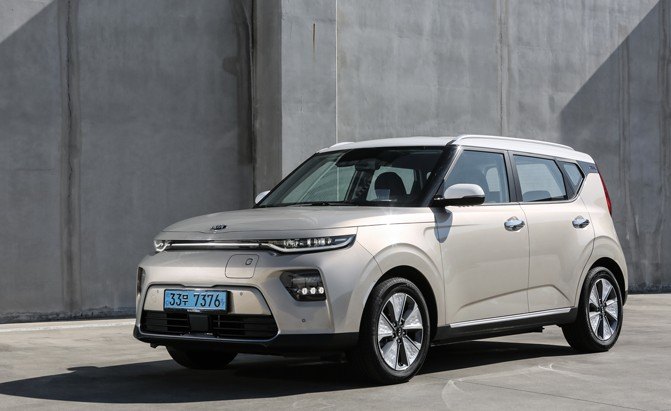


















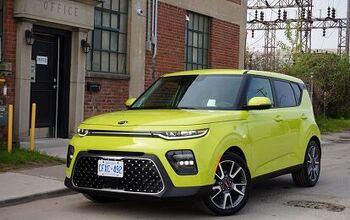


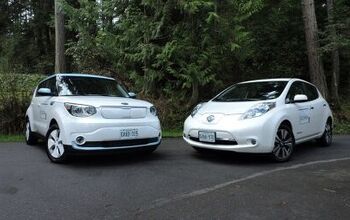
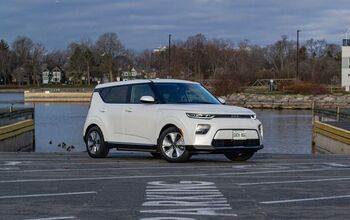
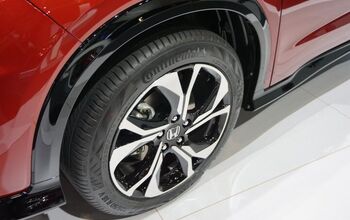


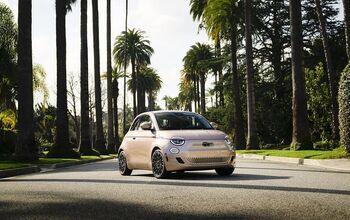






Comments
Join the conversation